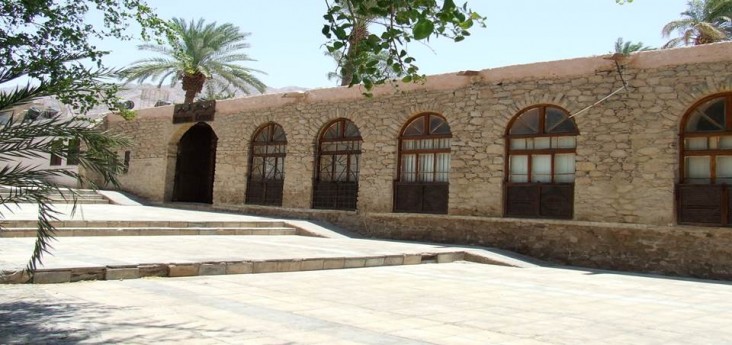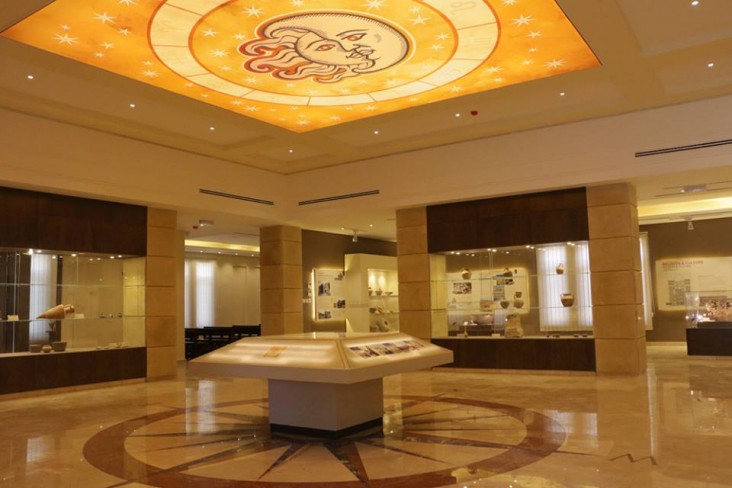Speeches Shim
Background
Project overview

The five-year, $36 million USAID Building Economic Sustainability through Tourism Project (BEST) seeks to enable Jordan's transformation into a globally competitive tourism destination. The project works in partnership with the Ministry of Tourism and Antiquities and builds on the work of the previous USAID Jordan tourism development projects.Working closely with governmental, non-governmental, and private sector stakeholders, the project will strengthen the country's tourism facilities and services, improve the management and promotion of tourism sites, boost marketing efforts and encourage tourism of secondary sites. It also seeks to increase the employment of women and youth working in the tourism sector, where demand for skilled workers is high.
Activities
The Building Economic Sustainability through Tourism Project applies their approach through the following activities:
- Creating a business enabling environment: The USAID tourism project will put in place short and long term policy reforms to promote tourism investment and improve the tourism experiences and sites in Jordan.
- Tourism asset development: Jordan's cultural and natural attractions lie at the core of its tourism appeal. BEST will develop these precious sites as needed and improve services in the surrounding areas and museums. The tourism product will be diversified as the project works closely with public and community support to enhance existing tourism products and create new ones, including trails and local activities.
- Destination marketing: The marketing element is of extreme importance to address the current decline in Jordan’s visitor numbers. By working with the Jordan Tourism Board and partners, strategic communication and marketing campaigns will be put in place and sales channels of international markets will be utilized to attract more visitors and target new, lucrative markets.
- Industry development and destination excellence: BEST will improve tourism assets by enhancing the quality, appeal, and promotion of tourism education and training at the university and collegiate level in Jordan.
- Tourism Partnership Fund: The Tourism Partnership Fund (TPF) will provide grants and fund technical assistance to counterparts and beneficiaries for product and market development, tourism industry competitiveness, public-private partnerships and job creation. Regional presence will be established through coordinators promoting community development and outreach.
Expected outputs

- Support tourism policy planning, including the national tourism strategy, industry competitiveness plan, and regulatory reform.
- Develop and protect museums, cultural, and natural sites, and introduce improved experiences and services on and around these sites.
- Support diversification and enhancement of tourism products via engaging experiences, trails, events and other activities that engage the local community and businesses across Jordan.
- Enhance tourism education, primarily at the university and collegiate level.
- Support the improvement and availability of industry quality standards, certification, accreditation, and professional awards.
- Develop hospitality-based small to medium sized enterprises (SMEs) such as camps, restaurants, and hotels.
- Strengthen the Jordan Tourism Board and private sector’s international destination promotion capacity.
- Enhance Jordan’s international brand positioning and image as a destination.
- Gain visitors via strategic communication and marketing campaigns.
- Provide grants and funding technical assistance to counterparts and beneficiaries through the Tourism Partnership Fund (TPF) to support the development of products and markets, increase tourism industry competitiveness, foster public-private partnerships, and support job creation.
- Establish a regional presence through coordinators that cover activities across regions and form local tourism committees to support community development and grassroots outreach in various regions across Jordan.
- Assist local communities and community organizations to develop authentic tourism products that draw more visitors to primary and secondary sites.
- Harness community-industry-municipal collaboration to promote and market distinguished local destinations at selected sites and towns.

Comment
Make a general inquiry or suggest an improvement.